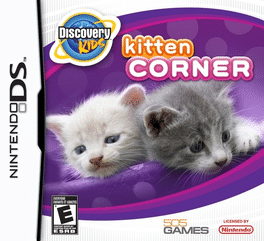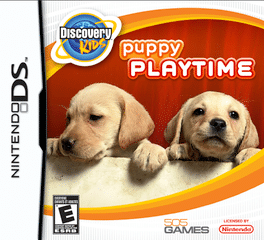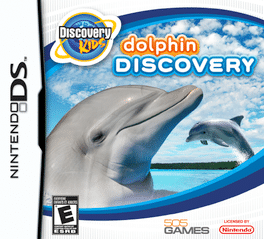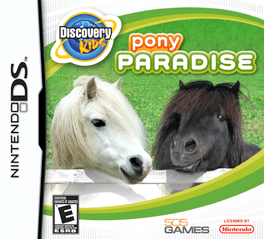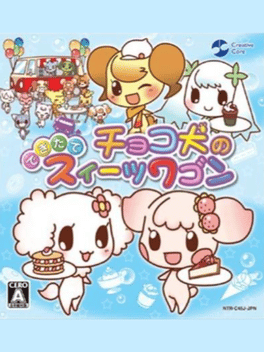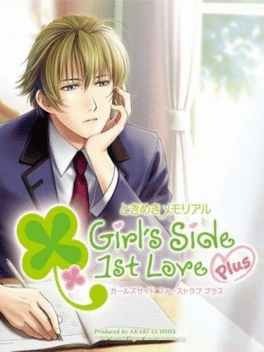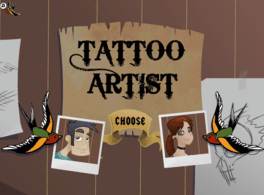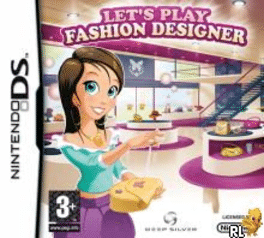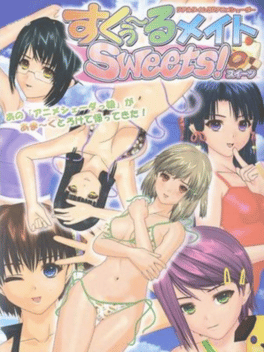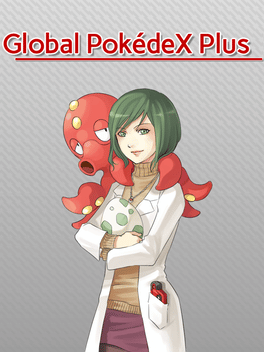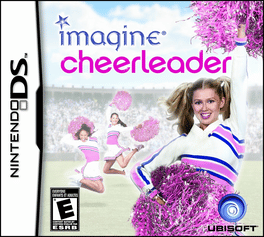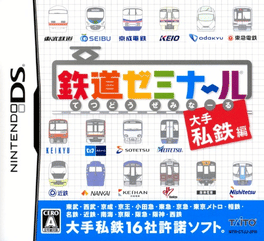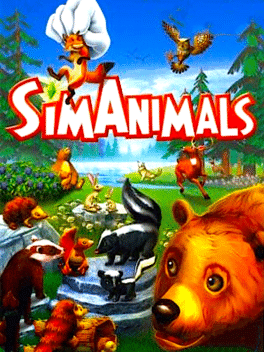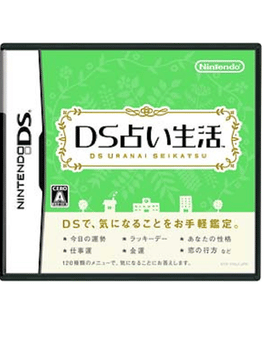New Dos Games - Page 299
-
Artificial Life
2009
Artificial Life
2009
Watch life evolve in the palm of your hand! Oddly hypnotic and relaxing, Artificial Life is a simulation of the growth and evolution of microorganisms - basically artificial life forms. Initially, each organism is given a random set of rules governing its behavior. If the rules end up being useful for survival, the organism may live long enough to mate with another organism and pass its genetic code on to some offspring. Over time, the organisms with the most useful behaviors will pass on their genetic code, leading to interesting patterns of behavior unfolding before your eyes - flocking behaviors, solitary predatory tactics, scavenging, and hiding are some examples - and all this behavior is evolving from total randomness. -
Discovery Kids: Kitten Corner
2009
Play with a kitten on your DS! Kitten Corner lets you raise your very own kitten on the Nintendo DS. Choose your favorite breeds and coloring, give them a name and begin playing with them right away! You can buy accessories, toys, and furniture for your new friend... you can even enter your kitten into competitions and prove that your kitten is the best around! -
Discovery Kids: Puppy Playtime
2009
Train a puppy to become a "rescue dog" that can work with the police, fire department or lifeguards. -
Discovery Kids: Dolphin Discovery
2009
Dolphins, discovery and kid friendly music.You don't only get a dolphin as a pet in this one, but you also get to play as a baby dolphin that has a whole island to explore! -
Petz: My Kitten Family
2009
Raise and care for a full family of pets! Adopt a kitten from a wide variety of breeds and customise his look with tons of outfits and accessories. Cross-breed and create your own looking baby pet, then watch your cat grow and adopt a unique personality. -
Tokimeki Memorial Girl's Side: 1st Love Plus
2009
There is a fairy-tale story of a traveling prince who falls in love with a princess but are torn apart. The story is told by a young boy to the main character as a young girl in a church on the grounds of Habataki High School. The boy promises to one day return to that same place to declare his love. The protagonist returns to Habataki High School, after living away for a time due to her parents' work. While leading a normal high school life including academics, club activities and part-time work, it is also possible to become friendly with boys who can make a declaration of love on graduation day. 1st Love Plus includes: • new character Tendo • best friends scenario • skinship • kiss endings • compatibility with Nintendo DSi • fully voice dialogs -
Tattoo Artist
2009
Tattoo Artist
2009
Tattoo Artist is a free puzzle game. Learn how to become an artist in this fun game. Choose between two characters as you follow the life of an artist working in a new shop. You need to impress your new boss, so he doesn’t let you go. Your boss will pick your first customer and start you off on an easy one. You’ll be able to read about the customer before you start. Some of them may have more complicated work wanted and some may have low pain tolerance. Make sure to watch the timer, trace the lines, and color within the lines. You can also check your customer’s comfort by looking at the pain meter. This is your only chance so if you don’t do your customer right, you’ll be fired on the spot. Finish all three customers to become a great artist so you can keep your job. Once you get your customer, you’ll first have to trace the outline for the tattoo. You can choose a pen with different thickness to better get the lines right. Once you’re done with the line work, you must fill in the color. You’ll have -
Rilakkuma: Minna de Goyururi Seikatsu
2009
In Rilakkuma: Minna de Goyururi Seikatsu, players can live free and leisurely lives with lazy bears. Not only can they change the decoration of the room, they can also take photos, and there are mini games to play. Every day in the game will reflect Wii's own time, real-world climate and weather, and seasonal information, allowing players to spend more time with the lazy bear every day. Various mini-games will appear on the bulletin board. Take photos according to the instructions to get props. The content of the problem is difficult to have. As long as you complete 4 questions, you can get a prop to decorate your room. -
SchoolMate Sweets!
2009
-
Global Pokédex Plus
2009
Global Pokédex Plus
2009
Welcome to GPXPlus, the best place to hatch 'em all! Collect and hatch eggs from every Pokémon game, along with several unique 'Novelty' Pokémon. Raise and evolve your Pokémon from their basic forms to their final stages, filling your Pokédex as you go. Embark on artwork-and-story-rich Explorations to hunt for Legendary Pokémon and rare items. Engage in realtime Pokémon battles with other users and AI-controlled NPCs... and much, much more! -
Hidamari Sketch: Doko Demo Sugoroku x 365
2009
Hidamari Sketch is a game for the DS, based on the anime Hidamari Sketch. -
Imagine: Cheerleader
2009
Imagine: Cheerleader
2009
Show your school spirit by becoming a cheerleader! Use the stylus to perform different cheers, kicks, lifts, and a variety of routines. -
SimAnimals
2009
-
SimAnimals
2009
SimAnimals
2009
star 6.3Serving to launch a new series of videogames in the Sims franchise, SimAnimals features many elements of the classic Sims experience, adapted to the Wii motion controls and featuring forest animals instead of human beings. Over 30 species of animals are available in such settings as swamps, forests, junkyards, orchards and rivers. As in previous Sims games, the goal is to keep the locals happy. By meeting the needs of the animals and achieving a predetermined ‘happiness’ level, new areas of the world are unlocked. The game provides the player with quests that either improve the general living conditions or meet the happiness needs of particular animals. Multiplayer comes in the form of up to four-player simultaneous interaction via four Wii remotes, with the potential for either cooperative play with positive outcomes or conflicting goals and unpredictable results. -
DS Uranai Seikatsu
2009
DS Uranai Seikatsu
2009
DS Uranai Seikatsu (literally DS Divination Life) is a divination game for Nintendo DS, released in Japan as part of the Touch! Generations line in 2009 . DS Uranai Seikatsu allows players to partake in multiple divination exercises and techniques, which include tarot readings, palmistry, the Four Pillars of Destiny, Zi Wei Dou Shu, horoscopes, Da Liu Ren and a daily fortune message. -
Be Rich
2009
Be Rich
2009
Take charge of Be Rich Inc. where you are CEO to the hottest new real estate firm in the country. Build housing for undeveloped zones, provide your tenants with shopping and maintenance services, decorate greenways, builds stadiums, it's all at your fingertips. If you can raise capital, you can turn the neighborhood of your dreams into a reality. Act now before your profit margin slips away!

